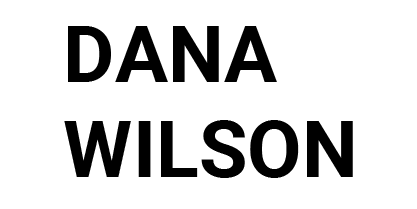11 Mar 11. Is a Small Social Media Following Keeping you from BIG Work? (with Sam Hersch)
Special Guest Sam Hersch doesn’t call himself a dancer, but he supports the dance community in many ways. Has he found a way that the dance community can better support itself? When he started www.questionsfordancerstoday.com that is what he was aiming to do. Listen in...

